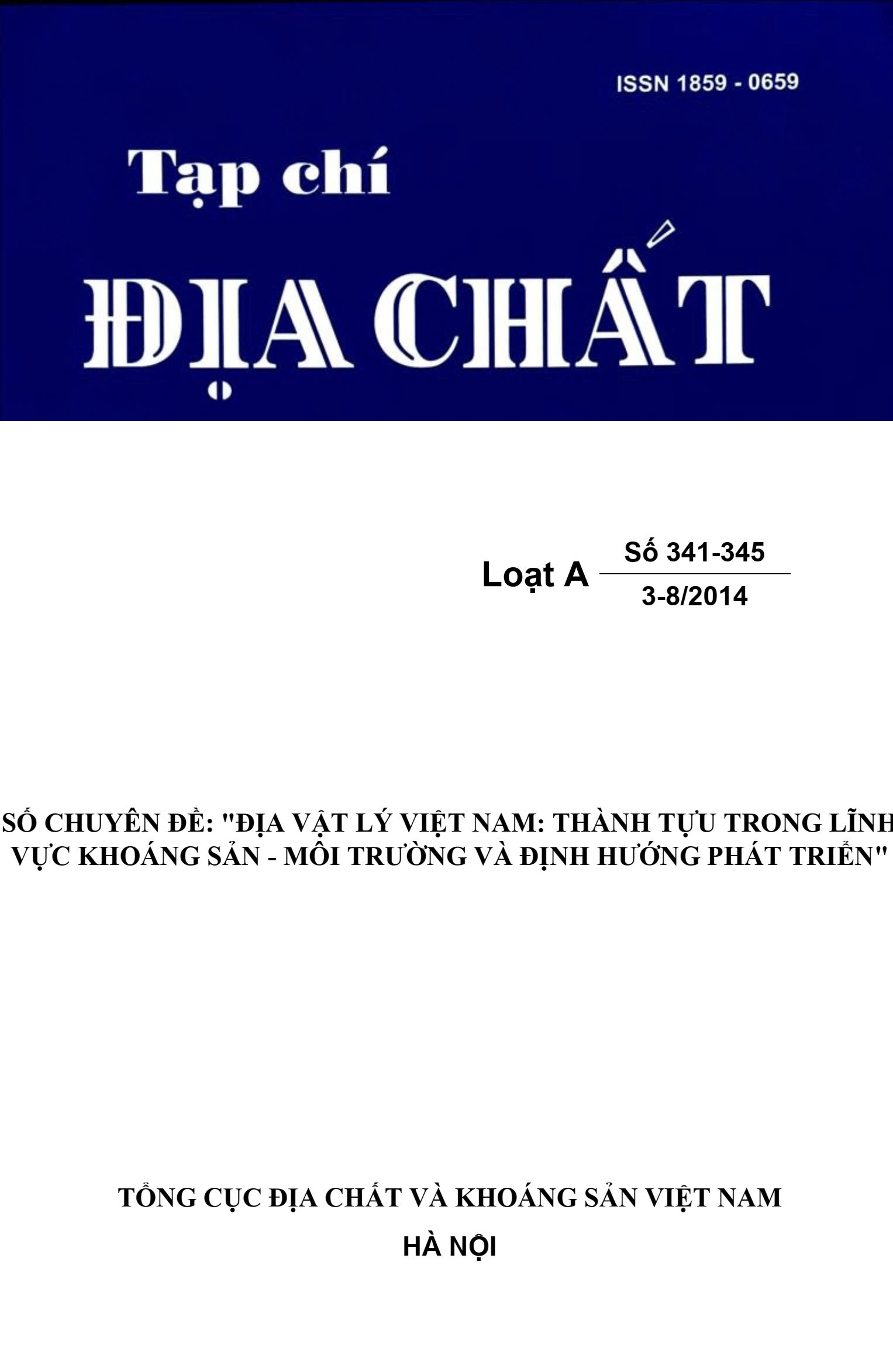Abstract
Phase Shift Plus Interpolation (PSPI) Migration is one of the most common migration methods, not only in seismic data Processing but also in Ground Penetrating Radar (GPR) data processing. Thanks to the correspondence in the propagation theory between mechanical wave and electromagnetic wave, the seismic migration method could be adjusted to interpret the GPR data as a tool to calculate the travelling velocity, depth, morphology and the size of of the burial objects. Two types of velocity are usually used in migration methods: Root mean square (RMS) velocity, which is used in F – K, Finite Difference and Kirchhoff Migrations whie the interval velocity is used in PSPI Migration. The RMS velocity is the average velocity, which is deduced from the real valocity of the upper layer; whereas the interval velocity only demonstrates the actual velocity of one layer. In this paper introduces the principles of using PSPI Migration to interpret GPR together with results of modelling and actual database. Besides, combination of both RMS velocity and interval velocity were also analyzed for obtaining better results.

